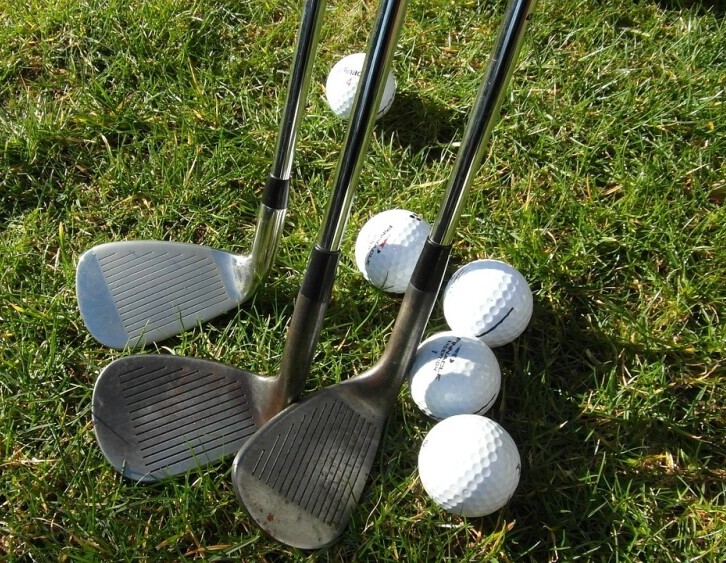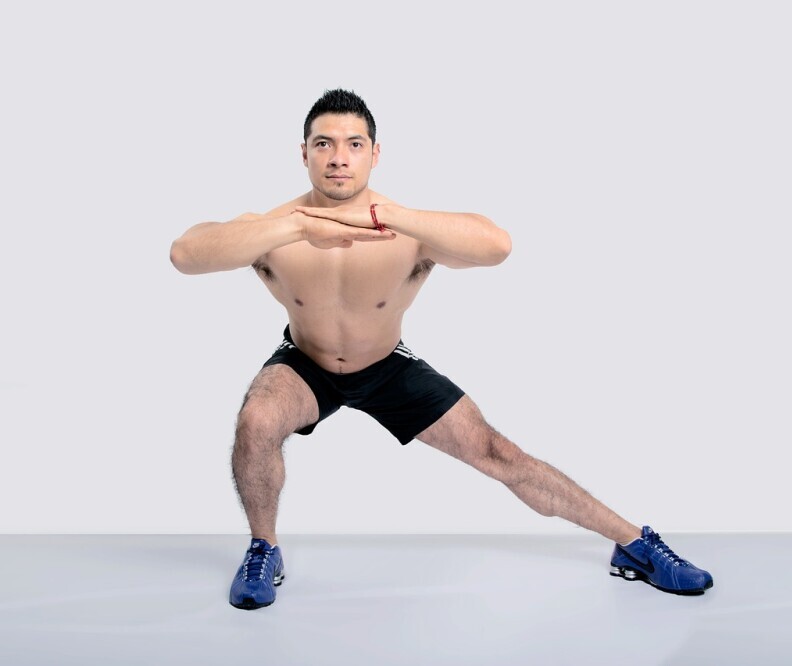Average Distance Each Golf Club

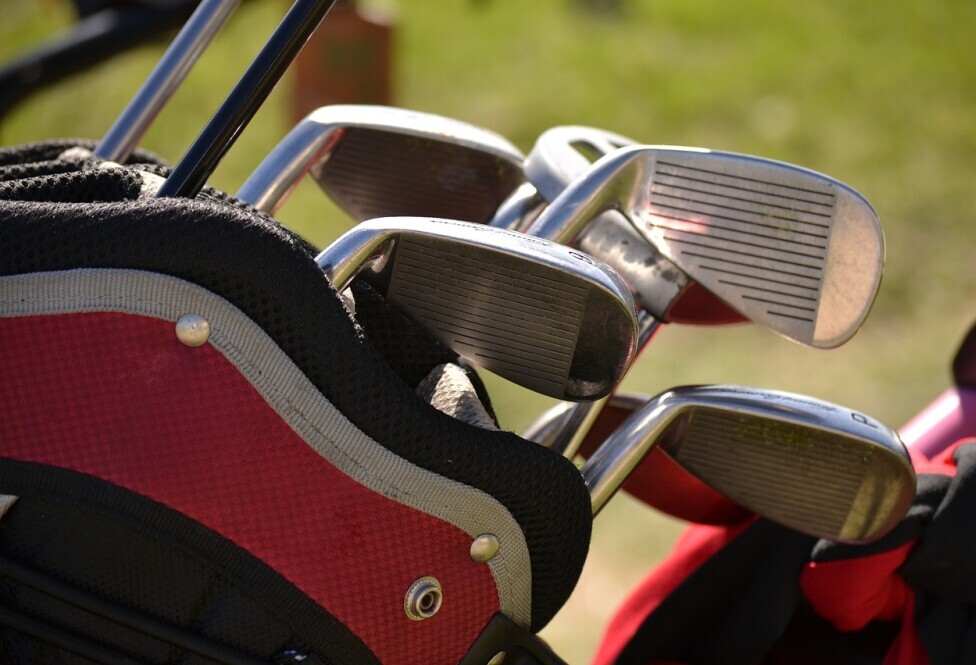
Fore! Quick note: a few links here are affiliate links. If you snag gear through them, I earn a small commission — no extra strokes added to your game.
If you’re looking to make the most of your time on the green, understanding the average distance of each golf club can be a GAME CHANGER. This isn’t just about having an impressive long drive; it’s also about fine-tuning your approach play and putting yourself in a position to score better. The better you know your club ranges, the easier time you will have when deciding which club to use. The golf viking is here to help you figure it all out.
Various elements can sway how far you’ll send the ball flying. It could be the club in your hands, the strength of your swing, or even the way you’ve been coached. Plus, there’s the fact that no two golfers are the same. Some may have a natural flair for fierce drives, while others might have a meticulous approach to precision. So there’s not a single perfect number for every club. But having an idea of the type of range you can get with each of your clubs can make your time on the course go much smoother.
How far you should be hitting your clubs varies widely – from pro-level players who can drive a ball 300 yards to hobbyists happy to reach half that distance. But understanding these averages and where you stand compared to them can offer significant insights. It can also help avoid those frustrating over or under clubbing moments on the course.
In the upcoming section, ‘Understanding Your Golf Club Arsenal,’ you’re going to find out about the full lineup of clubs typically found in a golfer’s bag. From the mighty driver to the delicate touch of the putter, we’ll explore what each club is capable of and the average distances they can help you achieve. Let’s get started.
Many golfers wonder why their shots aren’t going as far. Understanding how to get distance in golf can help maximize each club.
Ready to level up your golf game? Click here.
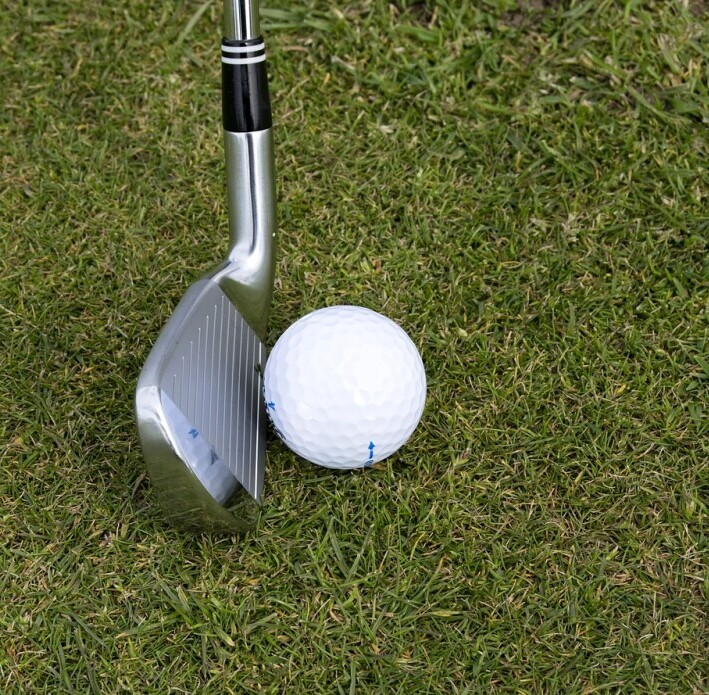
Understanding Your Golf Club Arsenal
When you’re looking at your golf bag, you’re seeing more than just a collection of clubs; you’re looking at an arsenal, each with its purpose and all designed to cover various distances on the course. It’s much like a set of brushes for a painter – each brush has its stroke, and knowing which one to use is a part of the craft. That choice depends heavily on understanding the average distances you can achieve with your clubs. It can depend on your swing or your personal golf strategy.
You’ve got your drivers – the big guns of golf – which can send the ball flying far off the tee, typically used for those long stretches on par 4s and par 5s. Good players often hit their drivers anywhere from 230-300+ yards. Beginners may not be able to reach that far, but in general you will want your driver to tee off from par 4s and 5s in order to get the most distance to make the rest of the hole easier for you.
Then, there are the fairway woods, fantastic for long approach shots, usually hitting between 210-230 yards for a decent golfer. These you may need after your drive if you are still a good distance from the hole. These clubs provide the next level of distance down from the driver. You may also possibly use these fairway woods to tee off from a par 3 or par 4 that you may want to drive a little shorter due to obstacles on the hole.
Your irons come next, and they’re the spine of your distance control. As the numbers on these clubs increase, the distance generally decreases. A seasoned golfer may strike a 3-iron some 200 yards, while an 8-iron might cover around 130-150 yards. High-lofted irons, like a 9-iron, typically travel shorter distances, about 120-130 yards.
So the lower numbered irons are great for long shots while you are still away from the hole or possibly even to tee off from a par 3. The higher numbered irons are needed for when you are closer to the green. These clubs provide more loft in order to drop it onto the green and thus cover less distance in length.
As for the wedges, these are your precision tools, your chisels, if you will. They’re designed for shorter shots that require a high degree of accuracy, with a pitching wedge hitting up to 130 yards, a sand wedge up to 110 yards, and a lob wedge closer to 70 yards. Understanding these averages is like knowing your vocabulary; it helps you articulate your strategy on the course. So the type of wedge used is important depending on the type of shot you are going for, but in general wedges are used for your shorter game while you are close to the green.
And let’s not forget about hybrids, a combination of irons and woods, giving players a versatile option for a variety of shots. Hybrids tend to replace the longer irons in many golfers’ bags, mainly because they’re easier to hit and offer a distance that’s comparable to the irons they substitute. So if you have hybrids in your golf bag you may choose to use them in the same way as a longer iron, when you are still a great distance from the hole.
Of course, these are just the averages. You’re going to find out that there is a range within each club type that corresponds with different skill levels. Wind, weather, and the proper swing can also impact the range of your clubs. The variations are there, and they’re important. It can be a lot to absorb, but when you tune into it, it’s a real game-changer.
Swing mechanics affect yardage. Review what is golf swing speed? to see the science behind your distances.

Factors That Influence Your Swing Distance
You might think swinging a golf club is purely about muscle power, but it’s also about finesse and technique. But there’s a catch – strength needs to be paired with proper form to really make a difference in your swing distance. It’s a combination of strength, speed, and rhythm that makes for a perfect golf swing.
Your equipment plays a crucial role too. Factors like shaft flex, clubhead weight, and the material can play to your advantages – or reveal your weaknesses. For instance, a stiffer shaft can offer more control to those with a faster swing speed. The key is to choose something that resonates with you and matches your gameplay.
We can’t forget the impact of mother nature. Wind speed and direction can turn an impressive drive into a disappointing trickle down the fairway. Rain can saturate the ground, reducing the ball’s roll. Even the altitude where you’re playing can affect how far the ball travels – thinner air at higher elevations can add yards to your shots.
So if you are out on the course on a windy day, you have to factor that into your shot. If you are shooting into the wind, you may want to use a longer club than you normally would from that range. If the wind is behind you, you will want to use a shorter club so you don’t launch your ball over the green.
Lastly, course topography can’t be overlooked. Uphill lies may look intimidating and do reduce your ball’s flight distance, but they also present a strategic challenge. And the type of ball you’re using? It matters. Different compression rates and design can add subtle but significant changes to your distance. So you will find that you may use certain clubs in order to make up for the uphill slope that makes the hole longer.
So, now you’ve got a handle on what’s impacting your swing. Next up, I’m going to wrap this up with a focus on maximizing your game by understanding and using these factors to your advantage. Let’s go over these one more time.
If you struggle with distance control in the short game, read best golf clubs for backspin for better stopping power.
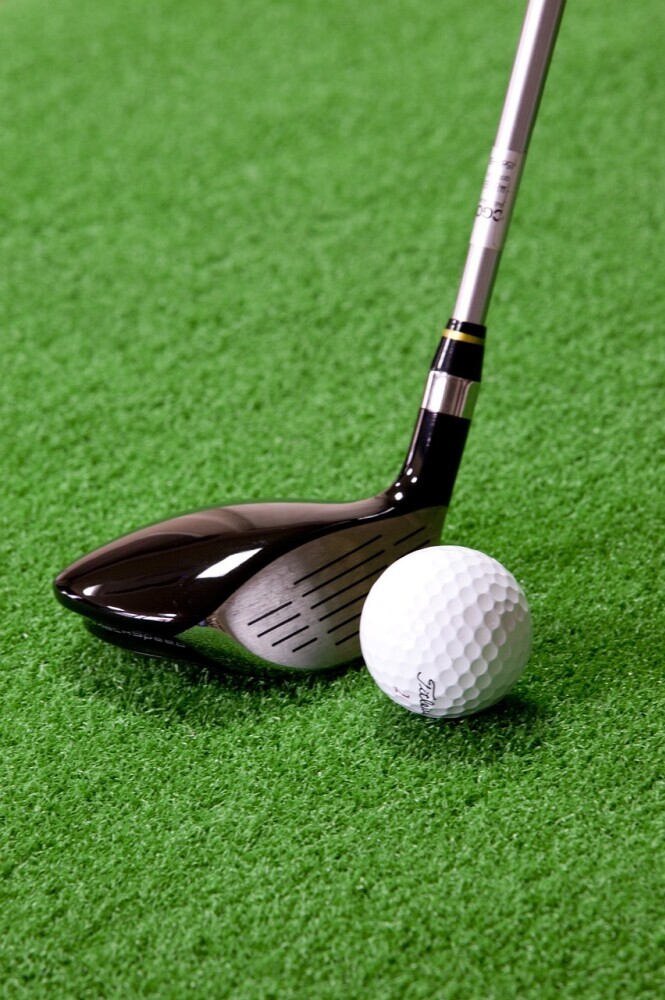
Conclusion: Maximizing Your Golf Game
Now that you’re clued in on the various golf clubs and the average distances each can send your ball flying, it’s clear there’s a lot more to consider than just sheer force. The more you play the more you will get used to what club you will need in which situation.
Recall that several factors come into play when determining how far you can drive that ball. It’s not just about raw power; it’s also about finesse and understanding the interplay between your clubs, your body, and the conditions on the course.
Realize that practice goes a long way. You’re going to find out about what works best for you through experience. Each session on the green is an opportunity to refine your swing and learn how each club behaves in your hands. Each hole you play can be a lesson for holes down the road.
I encourage you to not get discouraged if those numbers on the chart don’t match up with your reality. Each golfer has a unique style and capability. Your first attempt doesn’t need to be your last. Keep honing your technique, and don’t forget to consider your club choices and how they complement your approach to the game.
Choices that resonate with you personally will always do more for your game than attempting to stick rigidly to any prescribed standards. So, choose clubs that feel right and work with a coach or a seasoned player to dial in your distances.
I really hope that you can use the insights shared today to up your golf game. There’s a lot of opportunity in understanding your clubs and how to leverage them effectively. Remember, golf is as much about strategy and smarts as it is about power. Swing smart, and I’ll see you on the fairway!

